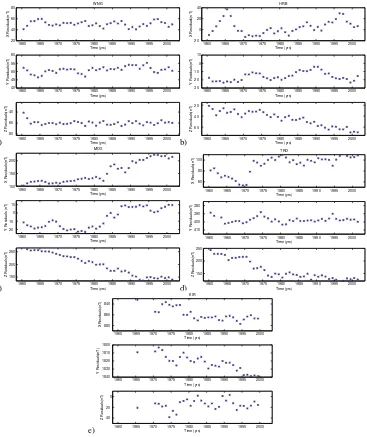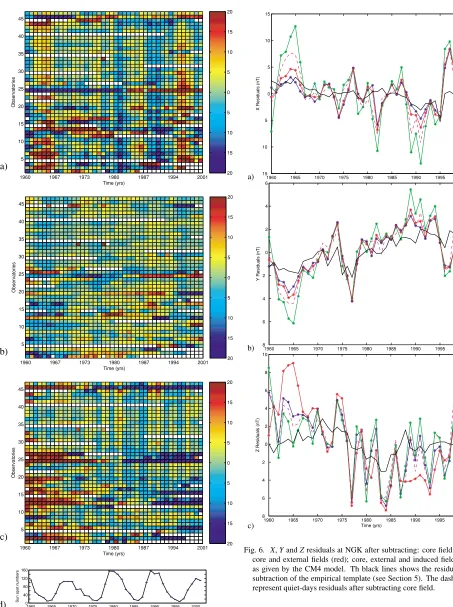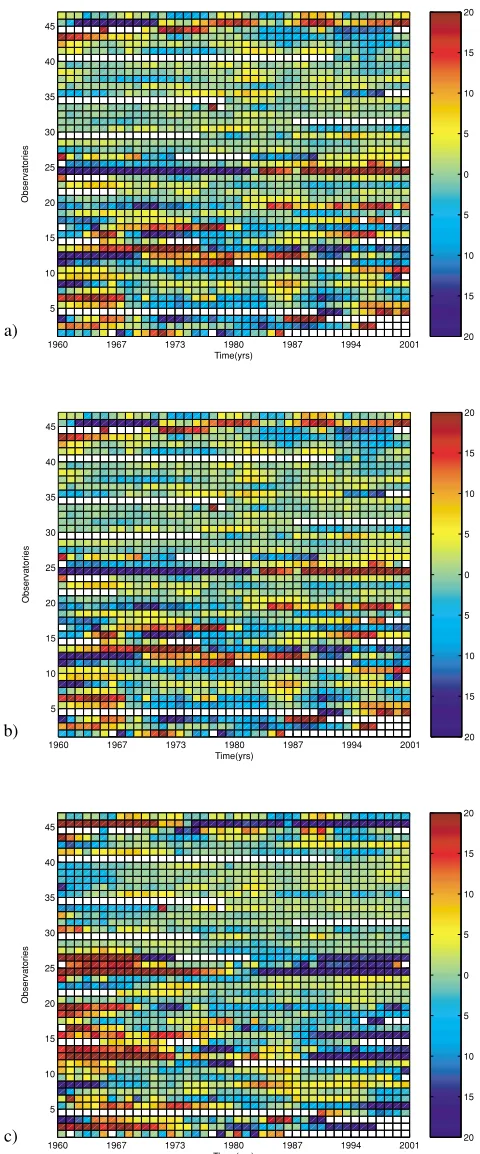On long term trends in European geomagnetic observatory biases
Full text
Figure
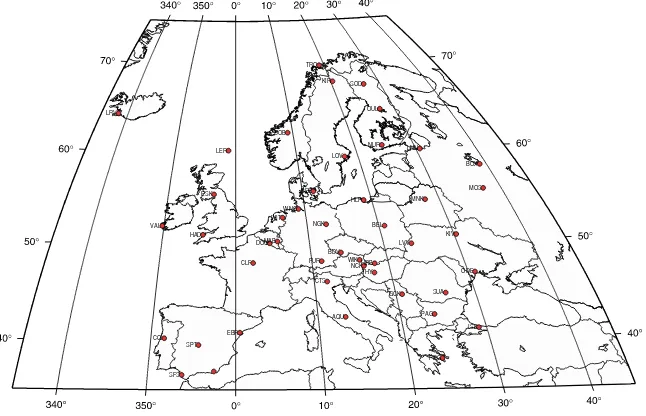
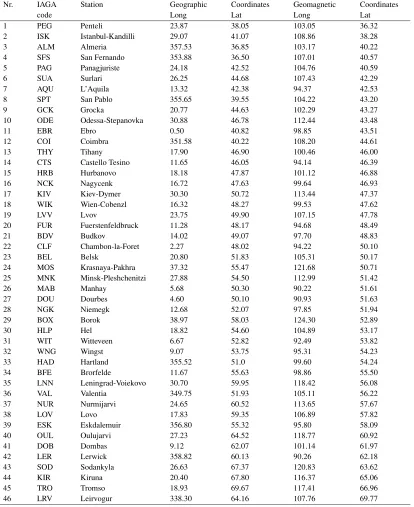


Related documents
Physical-aggravating factors and low back discomfort whilst sitting at work were more strongly associated with current LBP than biomechanical aspects of sitting (lumbar
There was a consensus that District Nurses and their teams play a key role in community palliative care, especially in the terminal stage of a patient’s illness, and that
Thus our solution for hardware based DWT will implement image edge expansion, filtering and down-sampling on GPU without pre-computing texture coordinates or establishing
I exploit variation in surrogacy legislation in every US state over time and study surrogacy’s causal effect on vital statistics such as marriage, divorce, births and
In this work, we propose an approach of Least Square Regression Tree (LSRT), which is an extension of the Classification and Regression Tree (CART), in
Whilst further work will inevitably be required to expand the network beyond the XML data-mining corpus of the PubMed Central open access subset, the 600,000- article training
In addition, vascular lipid deposition and senescence were evaluated through histochemical analyses in aged male and female ApoE KO mice, and the results were compared to
Results: Nephele is a suite of tools that uses the complete composition vector algorithm to represent each sequence in the dataset as a vector derived from its constituent k-mers
